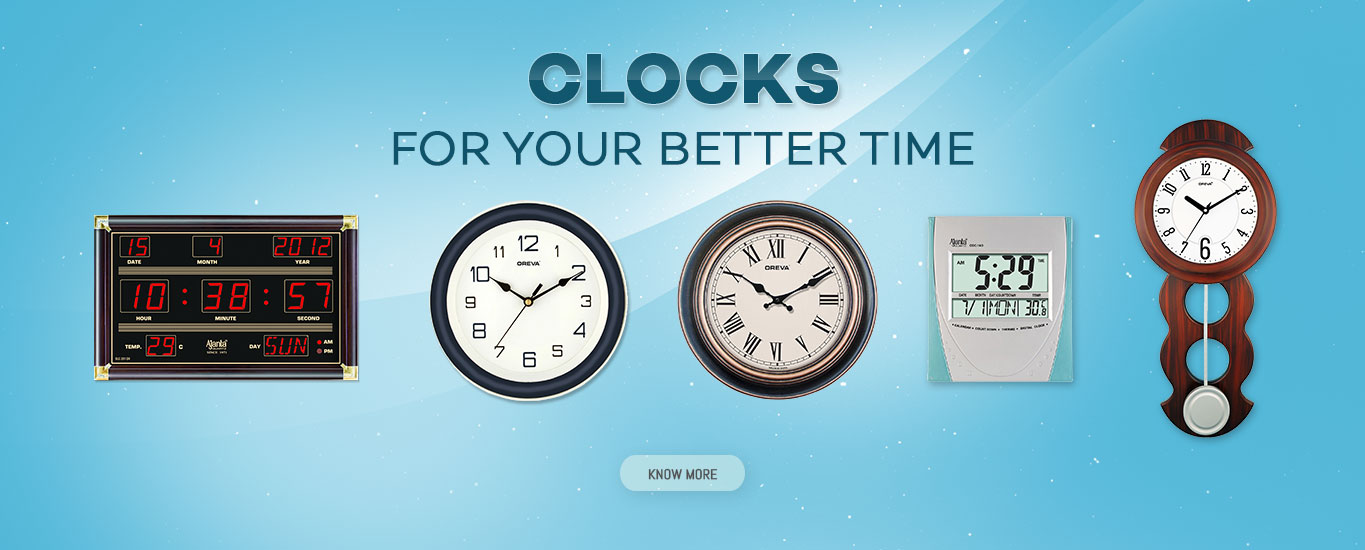Watches and clocks

Where would we be without our clocks and watches? We'll explore the inner-workings of timepieces as well as look at some specifics, such as smart watches, Indiglo, digital watches and pendulum clocks.
devices for measuring the passage of time in seconds, minutes, and hours. Clocks and watches are classified as timepieces, which category also includes chronometers, timing devices, timers, time-delay relays, and combination devices, such as a watch combined with a stopwatch. Time can be measured by means of regular translatory motion, rotary motion, or periodic oscillations; the measure of time will be, respectively, the distance traveled, the angle of rotation, or the number of oscillations.
The first device used by man to measure time was the sundial. The gnomon was already used as a primitive clock in the middle of the third millennium B.C. Time was reckoned by sundials with horizontal and vertical faces in ancient Egypt and Greece. Ulug Beg constructed a sundial approximately 50 m high in Samarkand in the first half of the 15th century. Clocks with vertical faces became common in Europe in the Middle Ages; examples have been preserved in Moscow, for example, on the building of the Institute of Historical Archives and the old building of Moscow State University.
In the second and first millennia B.C., water clocks, as well as sundials, were built in India, Egypt, China, and Greece. The water clocks showed the time during the day and at night. Primitive water clocks consisted of a vessel with a scale graduated in units of time. Water fell drop by drop into the vessel from a tank filled to the top from an external source. The constant water pressure